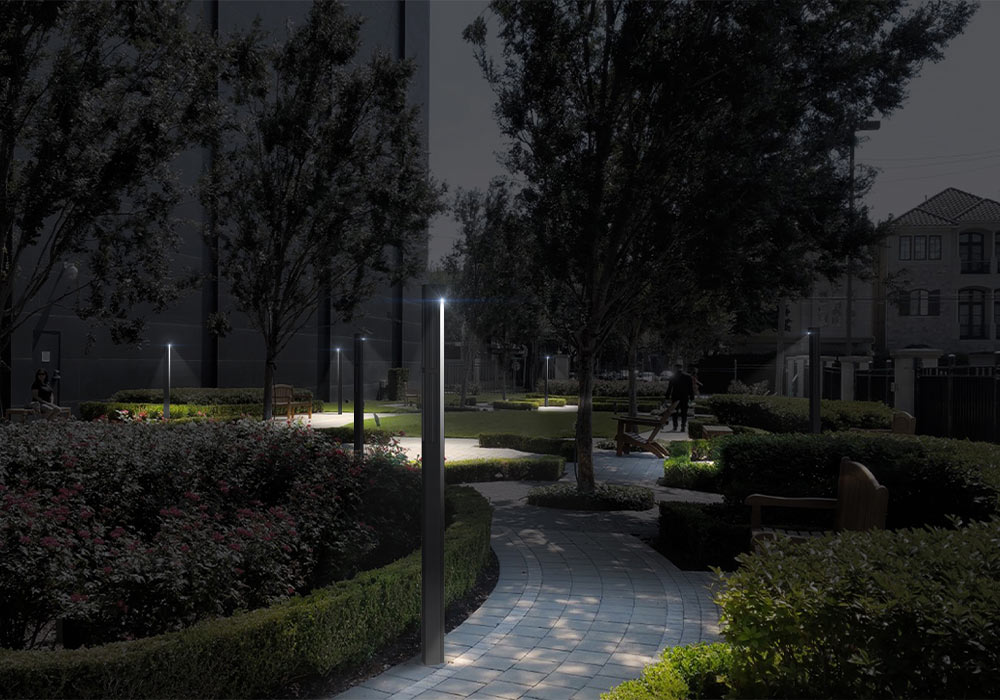National parks are often referred to as “the last best places” – sanctuaries free from the distractions of daily life i.e. cell phones, tablets and laptops. No one wants to be stuck behind an Instagram influencer taking selfies on a narrow boardwalk leading the way to Old Faithful. Even so, this very same technology, when used with intention, could be a crucial ingredient in the preservation of these amazing testaments to the natural world.
With so many of us working from home now and experiencing more flexible schedules, national parks are seeing record high tourism. Since pandemic restrictions have softened, the growth is becoming increasingly unsustainable. From a monetary standpoint, the influx of tourists may seem like a sign of prosperity for these parks, but overtoursism is a very real challenge for the National Park Service that needs to be addressed strategically.
Effects of Overcrowding in National Parks
When parks become crowded with large groups of people, the creation of visitor-made trails and subsequent erosion is inevitable. While there are a lot of online resources out there encouraging park visitors to consider their environmental impact and practice ecotourism, changing behavior may require a more targeted approach.
That’s where phone charging stations come in. Once installed, these tall poles invite phone users to pull off to the side of pathways, trailheads, and lookouts - effectively redirecting congested pedestrian traffic in these areas and creating alternative gathering spaces. This simple change could help end overcrowding in national parks and create a more enjoyable visitor experience overall.
What are the Advantages of Phone Charging Stations?
To accommodate guests with electric vehicles, ev charging stations have been installed in Olympic National Park, Death Valley, the Everglades and a number of national parks in between. Installing phone charging stations throughout each park is perhaps another necessary step to keep up with the 21st century.
Solar charging poles, such as the ‘Solia’ and ‘ERU’ (Emergency Response Unit) by Archasol, use renewable energy to power multiple USB ports and Qi pads. These high-quality, all-weather, stand-alone units are ideal for practically any remote location where connection to the power grid is not possible - making them the perfect solution for charging up cell phones, handheld GPS units, headlamps, etc. before hiking, camping or backpacking trips.
Equipped with WiFi and overhead lights both the Solia and the ERU phone charging stations could prove vital in an emergency situation where cell phone service is unreliable. Downloading safety apps like Flood Alert – HydroSOS could be an important precaution to avoid natural hazards. And with these poles in place, parents can plan for their journey on the spot by searching “First Aid Supply List,” “Fishing Tips for Beginners,” “Hiking Trail Etiquette” or “Bear Safety Essentials.”
Why are Phone Charging Stations Important to Our Youth?
Having immediate access to information can help accelerate the learning process for kids and adults alike. But the value to children is indescribable. To quote the National Park Foundation, “By connecting young people to parks, we cultivate the next generation of park stewards.”
Something as simple as googling “what type of bird has a red head and brown body” so that you can answer your child’s burning questions at the end of a hike, could be a delightful way to engage with nature in a way that was not previously possible.
If your child has more than a few questions, there are countless apps that can be downloaded at solar phone charging areas to teach your child how to identify wildlife, navigate terrain or investigate rock formations. Plus, with solar charging poles stationed throughout each national park, never again will a once-in-a-lifetime family photo op be missed because of a dead battery.
Final Thoughts
There was a time when the term ‘national parks’ and ‘technology’ couldn’t share the same sentence. Even now, additional park amenities are met with fears that national parks will become too “Disneyesque”. But innovations like solar charging stations do not detract from nature. Instead, they play a key role in improving conservation efforts, education methods, public safety and overall visitor experience.






